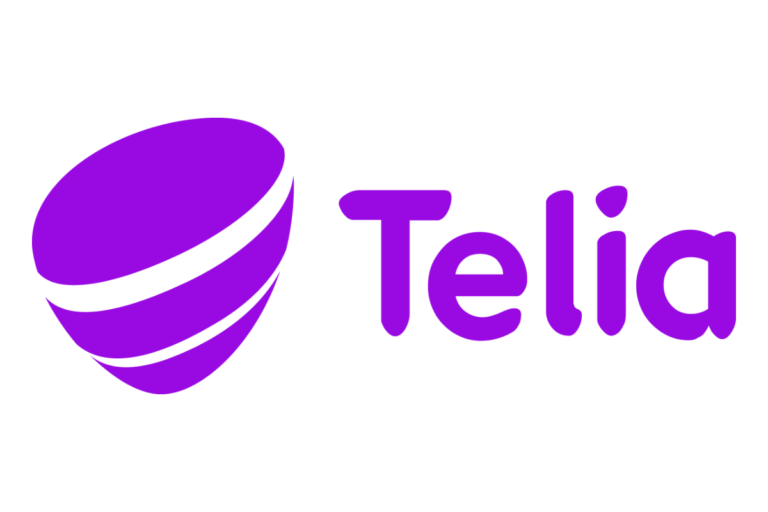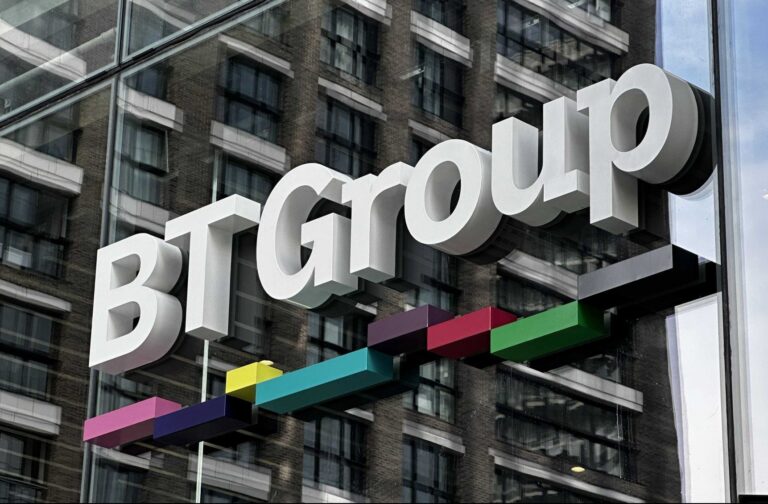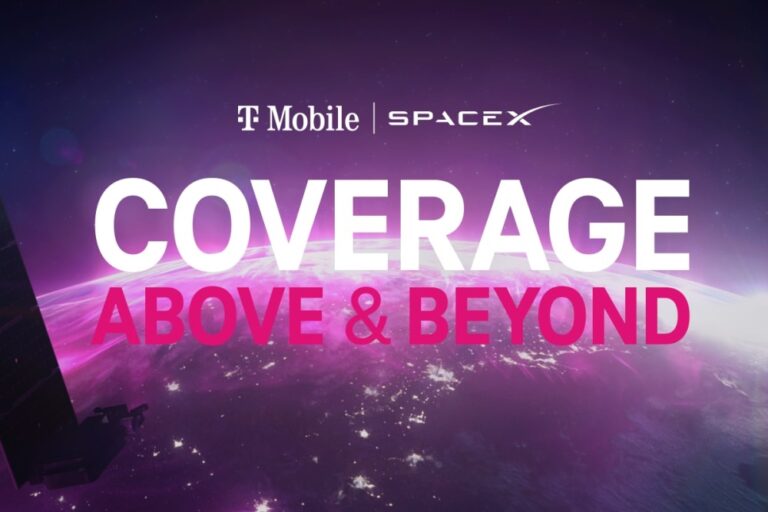Telcos urgently need to unlock new services and revenue streams but how, exactly, can network APIs help?
As McKinsey and Co points out, “The opportunities for growth in the technology and telecom sector are full of promise but success will not be easily won. The winners will be those who take bold steps now to ensure resilience in an unpredictable market[1].”
One of the most promising and realistic options lies in capturing a larger share of the value generated by third-party services carried over operators’ networks. Network APIs are often touted as the enabler but so far they haven’t gained much traction.
One of the obstacles is that application developers lack global access to standardised APIs through which they can consume telco network capabilities in a uniform, reusable manner.
Sandeep Singh, SVP, GM, Digital Business Enablement at Mavenir says, “Another issue is the absence of secured yet simplified, exposed APIs that seamlessly integrate across all telcos’ network functions. Those functions are delivered by various network equipment providers and vendors to enable telcos to provide high-level service to their subscribers.
“To supply these essential APIS means requires network operators must abstract a network solution for non-telco developers which hide all the complexities of network integration in a scalable manner.”
The business case
Standardised network APIs enable third parties to access telco network resources like user authentication, location data and edge computing capabilities. APIs could empower third-party service providers to develop more innovative and user-friendly services for consumers and enterprises sectors, strengthening their market position and attracting a wider user base.
Deeper integration with third-party services through network APIs unlocks new revenue opportunities for telcos. They include API access fees, revenue sharing through service partnerships and jointly creating new services.
Yannick Mayaud, Senior Consultant at STL Partners explains, “When we refer to network APIs at STL Partners, we mean specifically those APIs that leverage the telecoms network, whereby third parties gain useful information about, or gain some control over, specific network assets.
“Such APIs generate new value for the telcos, the third party players (over-the-top players and developers), and the end user. They enable the frictionless flow of valuable data that an operator owns but cannot fully monetise on its own, that’s where the developers can help.
He continues, “These APIs unlock new use cases, such as network-aware applications that can respond to real-time network conditions and define or request levels of network services consumed. They can also provide tools to better address existing use cases.
“As an example, SIM swap or number verify APIs enable silent authentication for anti-fraud service, as an improvement over what A2P [application-to-person] SMS used for two-factor authentication currently provides. The improvement comes from the fact that these APIs are embedded deeper into the telco networks and can trigger a more powerful and efficient solution.
“So, the telco provides a greater proportion of the use case’s value and as such should be rewarded better than when providing, in this example, A2P SMS.”
Concerns remain
Network APIs hold promise but concerns about their use remain and their track record is mixed. For example, the roll-out of OneAPI by the GSMA in 2010, a cross-network API initiative, did not fare well[2]. Subsequent years have seen similar, unsuccessful schemes that highlight the challenges of achieving widespread adoption.
Singh explains, “In the past, API standardisation did not focus on building the ecosystem and the ease of use of the APIs by the non-telco community. The APIs were complex, not easy to understand, and the lack of software development kits (SDKs) made it challenging for application service providers (ASPs) or developers to consume.
“This is where Level 1 and Level 2 aggregators came in to bridge the gap, which further impacted revenues.” He elaborates on some key lessons and advises, “Keep it simple and easy to adopt by hiding the complexities and offering SDKs… Develop an ecosystem to design, develop and validate applications in a secure yet extensible way.”
Deutsche Telekom’s Markus Kümmerle is Tribe Lead MACE (for Magenta Business API) Engineering and Production Interface at CAMARA. He agrees with Singh, adding,“Making APIs easy and intent-based, instead of technical, complex, requiring deep telco knowledge to manage. For this CAMARA Project has been initiated in 2022, and has grown since then to more than 1,100 people from nearly 400 companies globally.
“There are already more than 100 CAMARA API implementations in telco networks in America, Europe and Asia. The API ecosystem is developed by GSMA Open Gateway, including alignments with other standardization bodies like TM Forum and ETSI MEC. And this time we have the CEOs behind it (via the GSMA’s Open Gateway MoU signatures).”
A changing OTT landscape
Mayaud says, “We see network APIs helping to coordinate and connect various initiatives in emerging technologies for the telecoms industry, unlocking the value of them all together. APIs should not be seen as isolated products. Accessing the full value of the $34 billion market by 2030, as per our recent forecast[3], relies on this connected approach.”
Meanwhile, Kümmerlecautions, “Network APIs are only on the doorstep of the journey from innovation to production. They need to be tried and tested for each use case and purpose. Not every trial will be successful, naturally there will be drawbacks. But we’re currently seeing strong customer demand, so if we use the right APIs for the right use cases, there’s a big chance of success.”
Success through collaboration
How exactly will telecoms drive this change? Collaboration with various industry bodies will be key role. Singhexplains, “Industry bodies like GSMA play a significant role in facilitating collaboration between CSPs [communications service providers] and OTT players, primarily through advocacy, standardisation and providing a platform for dialogue.
“They define the roles and responsibilities of each stakeholder in the ecosystem and the terms of engagement. They also define the architecture, business models, and, where necessary, reference implementations, making it easier to integrate and validate network-aware applications.”
Looking ahead
Network APIs promise a more prosperous future for telcos, developers and OTTs. By fostering a collaborative ecosystem and learning from past mistakes, the industry could unlock a new era of innovation and value creation.
Deutsche Telekom, Mavenir and STL Partners will all be speaking at Network X in Paris, in from 8-10 October.
[1] https://www.mckinsey.com/industries/technology-media-and-telecommunications/mwc/overview
[2] https://omdia.tech.informa.com/om029825/mwc-2023-telcos-take-another-stab-at-profiting-from-otts-via-cross-network-apis
[3] https://stlpartners.com/research/network-api-monetisation-forecast-2023-2030-growth-beyond-anti-fraud/














